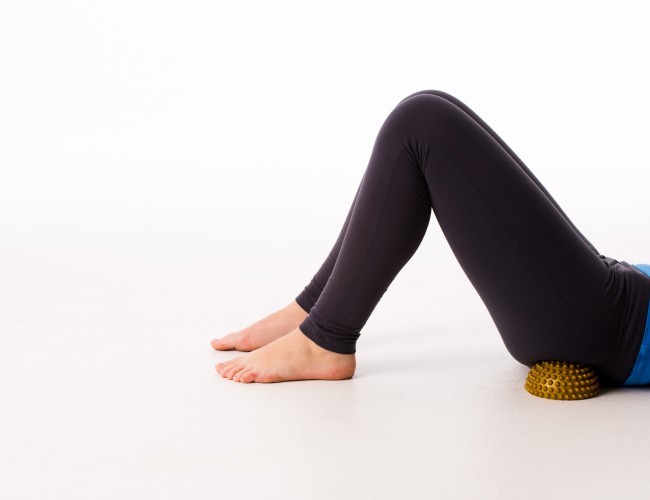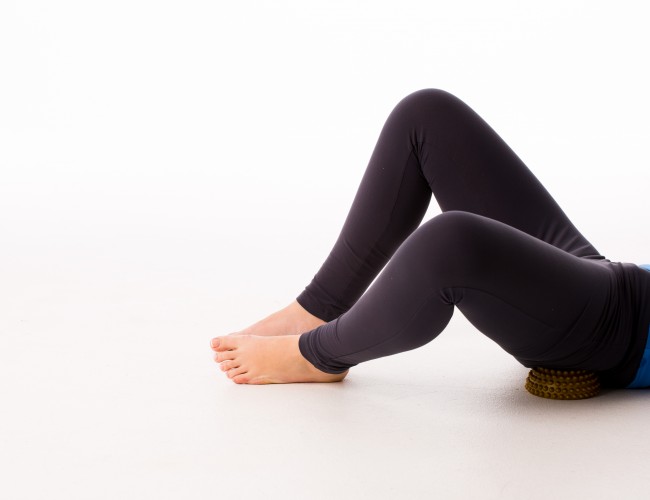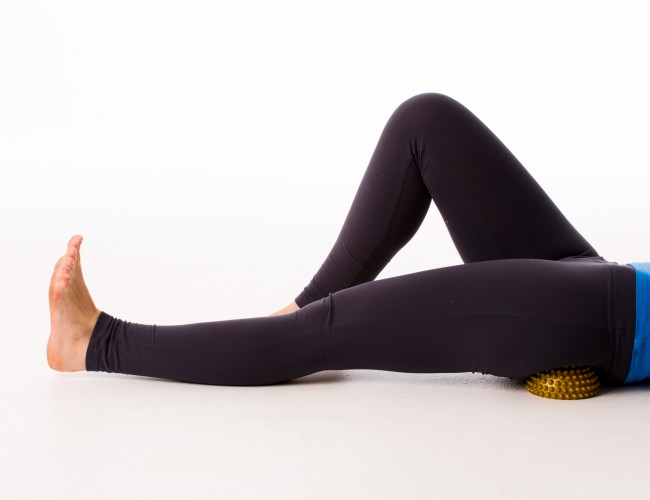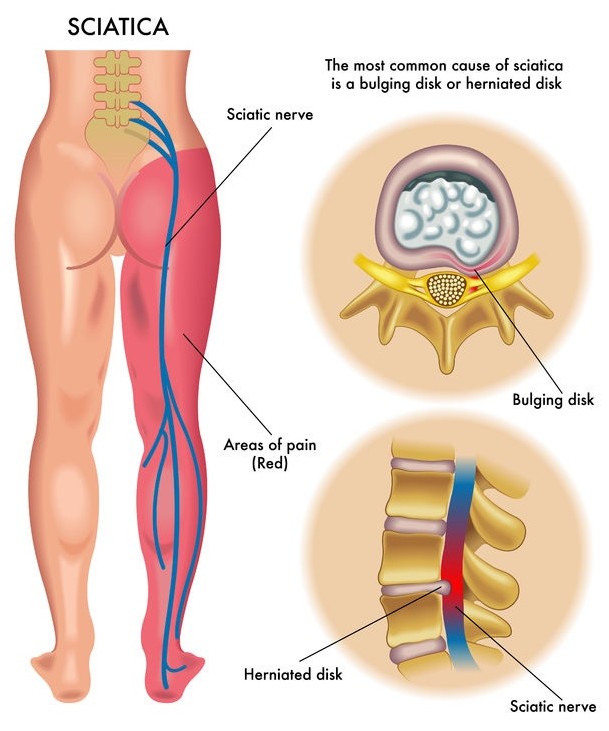Sciatica Symptoms and Treatment
Thu,May 05, 2016 at 04:56PM by Carla Mullins
Exercises for treating sciatic nerve pain
What is sciatica?
Sciatica is a term that is often thrown around, but what does it really mean? True sciatica is characterised by pain, discomfort or electric shocks into the back or buttocks, and can radiate past the knee into the foot. Sciatic pain runs in a pattern along one of the nerves called the sciatic nerve. Sciatica can result in decreased strength, change in sensation such as numbness or pins and needles and can cause difficulty walking. Pain can increase with sitting, walking, coughing or sneezing. Sciatic nerve pain occurs due to compression of the sciatic nerve from various causes, most commonly a herniated disc.
What are the symptoms of sciatica?
Common symptoms of Sciatica include the following:
// Lower back pain
// Pain in the rear or leg that is worse when sitting
// Hip pain
// Burning or tingling down the leg
// Weakness, numbness, or difficulty moving the leg or foot
// A constant pain on one side of the rear
// A shooting pain that makes it difficult to stand up
How do you treat sciatica?
Due to the various causes of sciatica, treatment varies greatly depending on the individual. If you experience sciatic nerve pain, a health care professional can assess your specific symptoms and medical history, discover the cause of your impairment, and direct a treatment program that is best suited to your individual needs.
Exercises and stretches for sciatica
What to avoid:
Sciatica exercises need to be gentle and must avoid over-stretching or irritating the sciatic nerve. Precautions must be taken, including:
// Avoiding overusing the buttocks and the piriformis muscles
// Avoiding stretching the sciatic nerve
// Avoiding forward bending in the lumbar spine, as this can irritate the nerve if there is a disc lesion
Sciatica exercise – gluteal release with MAKARLU Lotus and Coast
Purpose:
// Release through the gluteal and encourage normal range of movement and co-contraction around the hip.
Particularly good for:
// People with stiffness in hip range
// Labral tears (within pain free movement)
// Gluteal triggers
// Bursitis
Steps:
1. In a crook lying position, place the large MAKARLU Lotus or Coast dome underneath one gluteal around the greater trochanter/gluteus medius. The positioning can vary depending on where you feel the trigger point. 
2. Slowly control the knee down to the floor allowing the femur to come into abduction and external rotation. Repeat 3–5 times.
3. Keeping the femur externally rotated, extend the knee pushing the heel away from the torso.
4. At full extension, internally rotate the femur to neutral dragging the heel through the earth towards the buttock and the starting position.
5. Repeat 8–10 times or as required to obtain release through trigger points. The MAKARLU dome can be moved slightly to release through a new trigger.
Precautions:
// Care should be taken with movement into painful range with labral tears
// Care should be taken with acute trigger points as they may not tolerate pressure from the MAKARLU dome
// Depending on the amount of pressure that can be tolerated, it’s important to note that the degree of firmness for the large dome by having just the large dome (softest), large + medium dome (mid-firmness), large + medium + small domes (firmest)
 0
0 
